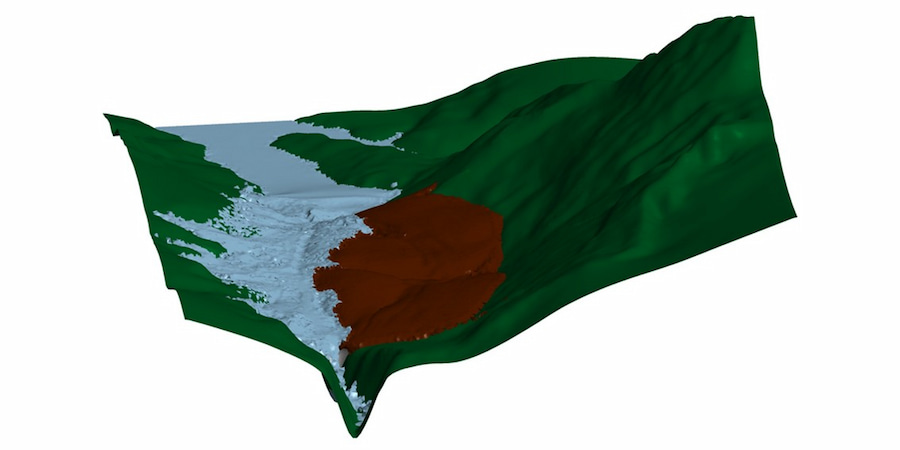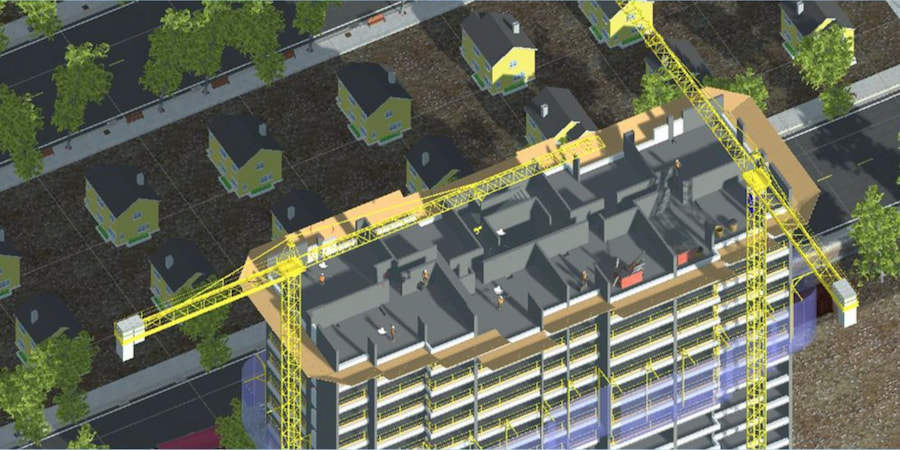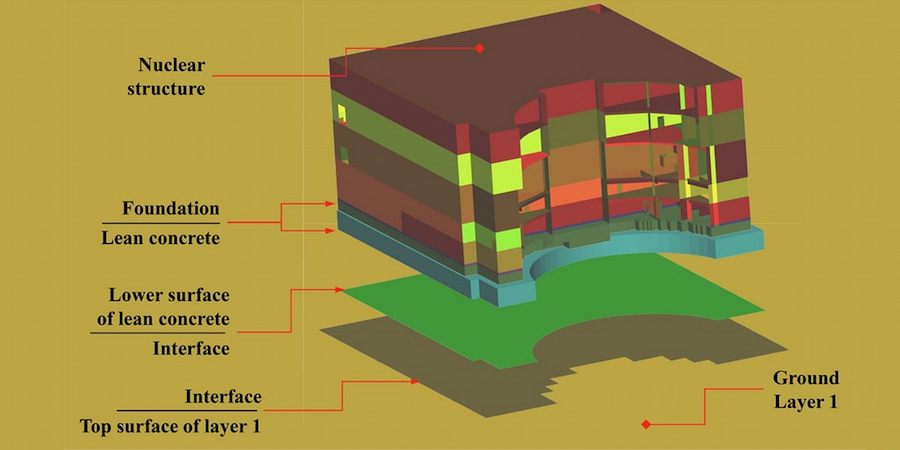Research Cluster
Structural and Particle Mechanics
Contact point
Javier Bonet
Academic Leaders
Javier Bonet, Francisco Zárate, Josep Maria Carbonell, Alessandro Franci, Sergio R. Idelsohn, Martha L. Carreño, Daniel Di Capua, Fernando G. Rastellini, Eugenio Oñate, Alejandro Barbat
External Advisors
Peter Wriggers, Umberto Perego
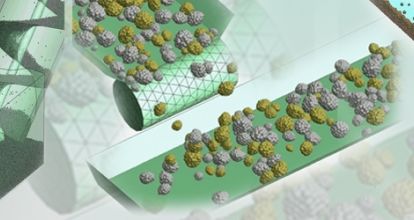
Research groups
-
Structural Mechanics
Eugenio Oñate Ibañez De Navarra -
Disaster Risk and Resilience
Martha Liliana Carreño Tibaduiza
Overview
Staff
Projects
This research cluster develops advanced computational methods combining finite elements with particle-based techniques to solve complex structural challenges, focusing on dynamic analysis, multiphysics interactions, and innovative fracture models across civil, aerospace, and energy applications.
The Structural and Particle Mechanics Research Cluster at CIMNE specializes in developing advanced computational methods for solving complex multidisciplinary mechanical and structural challenges across diverse engineering domains including civil, aerospace, marine, transportation, and energy infrastructure. The cluster pioneers predictive technologies for analysing structural systems under dynamic conditions and multiphysical interactions through innovative hybrid approaches.
A distinctive feature of the cluster’s methodology is the integration of traditional Finite Element Methods (FEM) with cutting-edge particle-based techniques such as the Discrete Element Method (DEM), Particle Finite Element Method (PFEM), and Smooth Particle Hydrodynamics (SPH). This versatile computational framework enables sophisticated modelling of intricate phenomena including thermo-mechanical coupling, fluid-structure interaction, and friction contact effects.
Research interests include extending predictive technologies for fast computation of large structural systems under dynamic loads and fluid-structure interaction, incorporating new composite materials, and leveraging emerging digital modelling technologies such as Building Information Modelling (BIM) and Reduced Order Modelling (ROM) procedures for nonlinear structural mechanics problems.
The cluster is advancing novel first-order conservation formulations beyond thermoelasticity to encompass multi-physics and visco-thermoelasticity applications, while developing new dynamic fracture models implemented through particle-based discretization methodologies. Through these innovations, the cluster aims to enhance structural safety predictions, optimize design solutions, and ensure sustainable structural integrity across multiple engineering sectors.
.
Ongoing projects
Finished projects
Related news
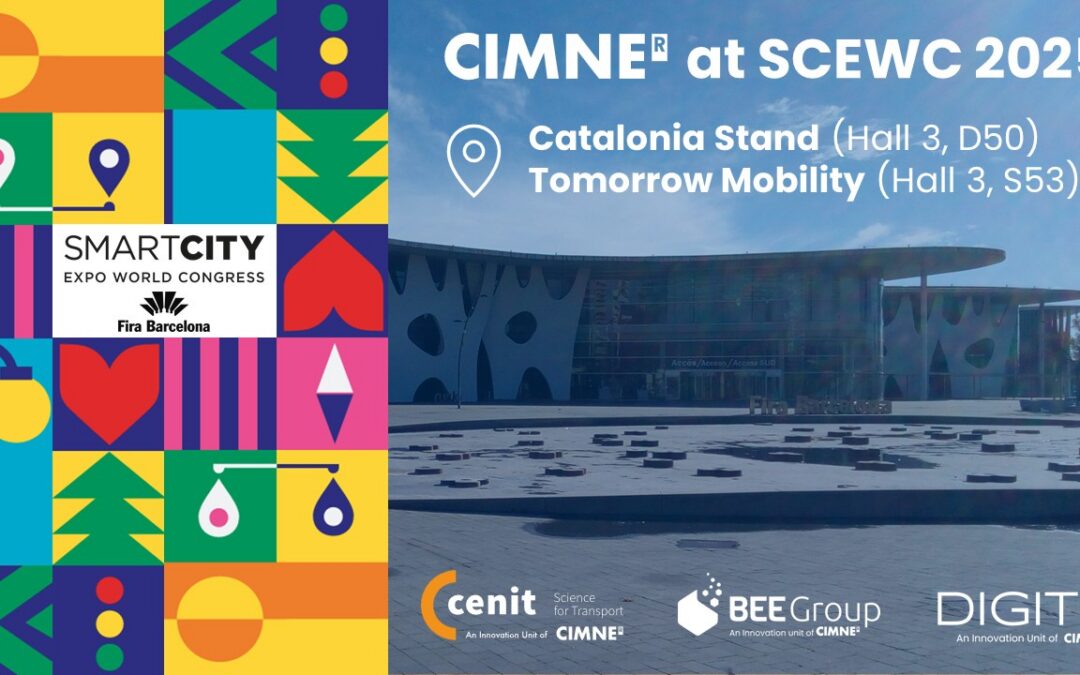
CIMNE at the Smart City Expo 2025: Innovation for Sustainable Cities
November 4-6, 2025 | Fira Gran Via, Barcelona CIMNE's Stand: Hall 3, D50 Tomorrow Mobility: Hall 3, S53 The International Centre for Numerical Methods in Engineering (CIMNE) features innovative simulation and smart solutions in this year's edition of the Smart City...

CIMNE Showcases Seismic Simulation Advances and VR Innovation at Spanish Nuclear Society’s Annual Meeting
The 51st Annual Meeting of the Spanish Nuclear Society (SNE), held in Cáceres, reaffirmed itself as the key gathering of the nuclear sector in Spain. With 694 participants, 248 papers, 42 technical sessions, 23 exhibitors, and 31 sponsors and collaborators, the...






